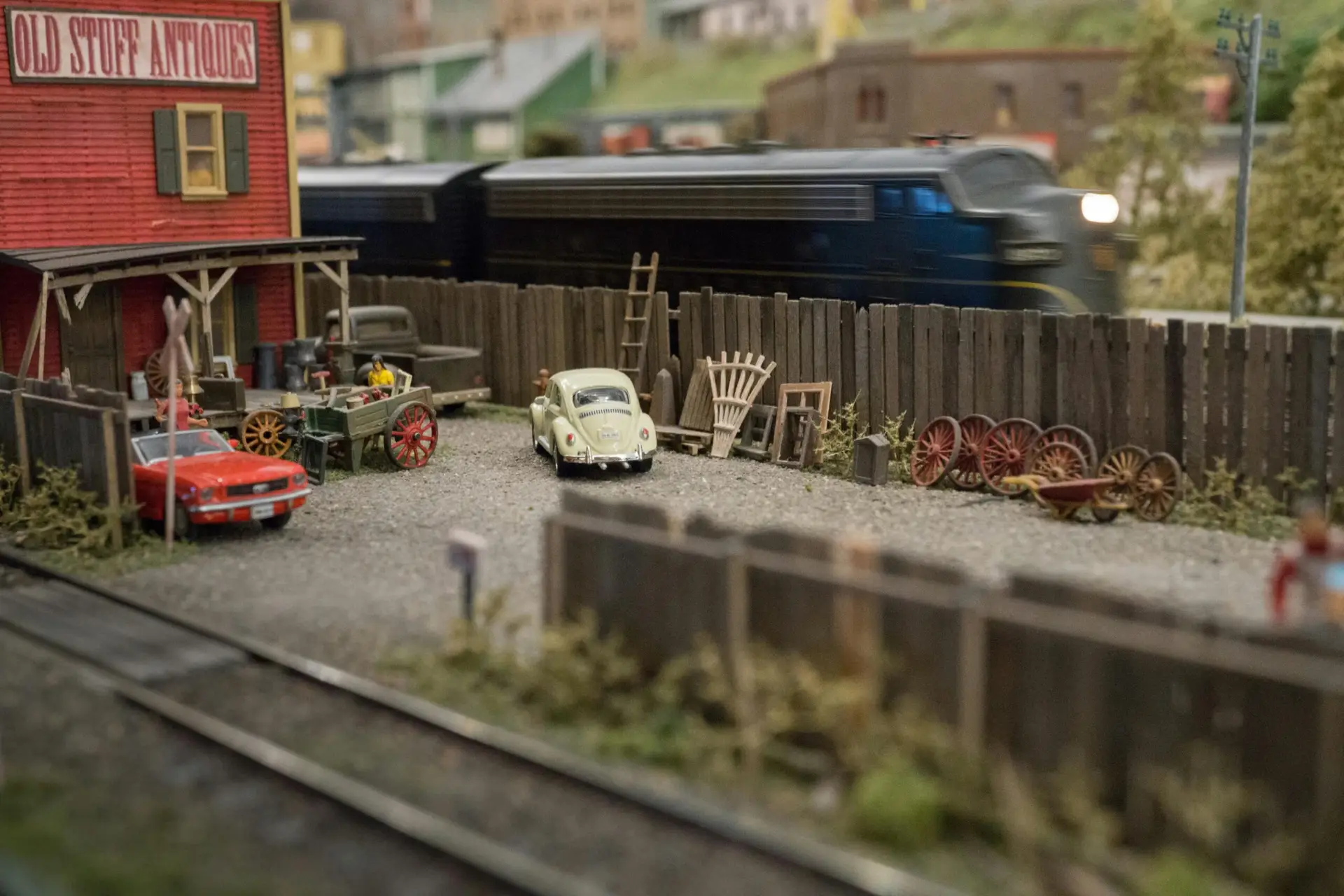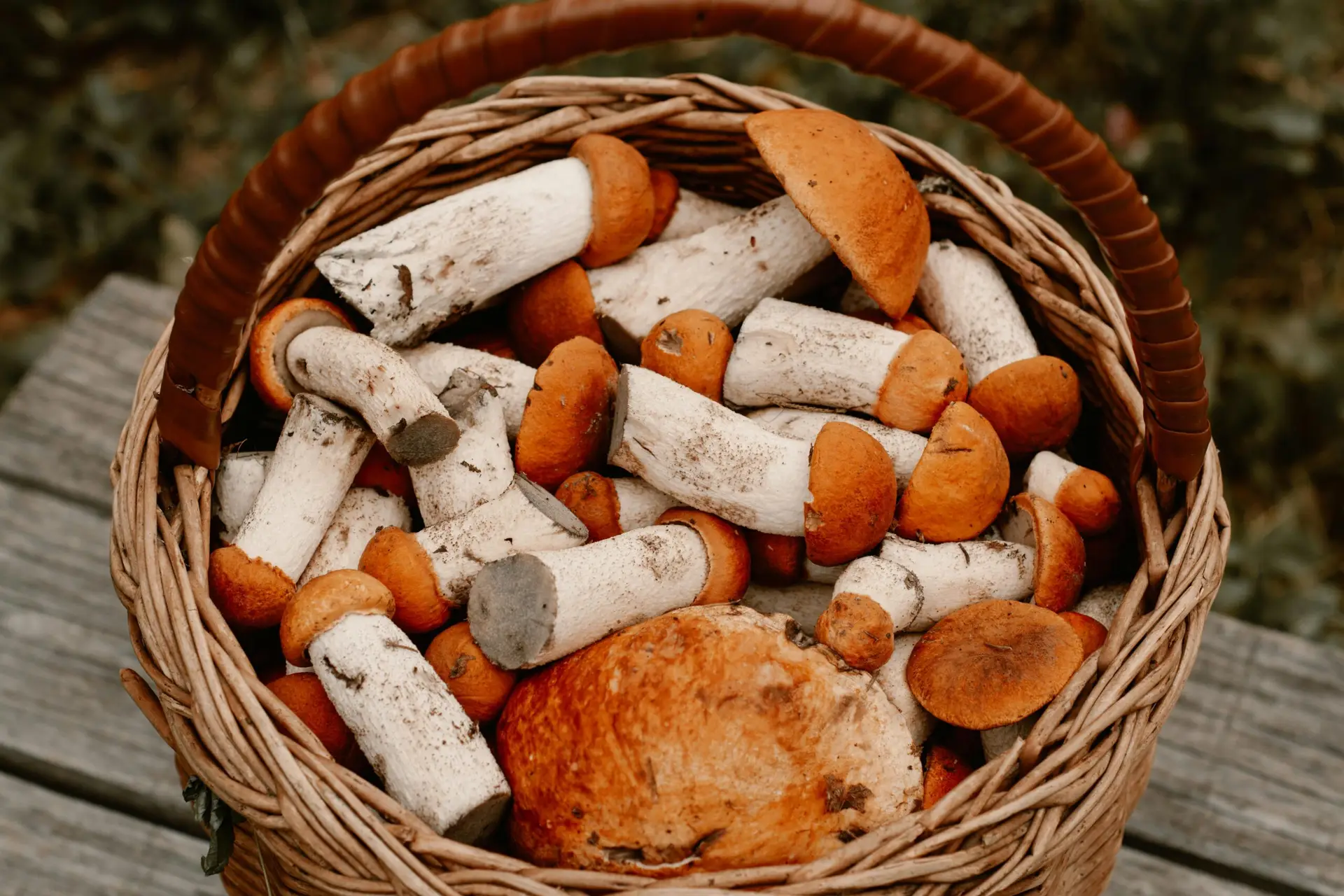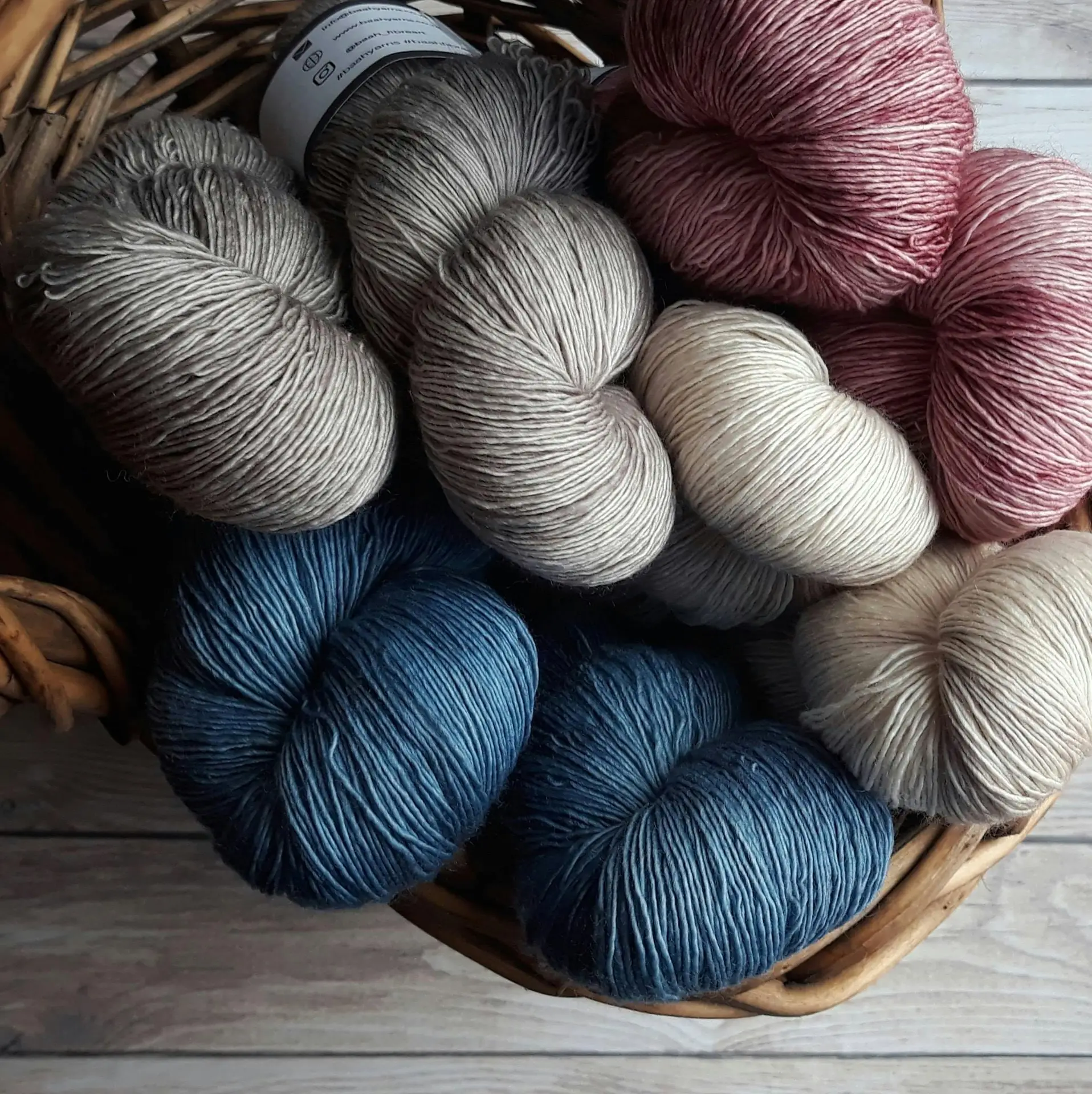Crocheting is a relaxing and rewarding hobby that allows you to create beautiful handmade pieces. Whether you want to make scarves, blankets, or intricate designs, learning how to crochet is both fun and practical. This guide will take you through the essential steps to begin your crocheting journey, covering tools, techniques, and helpful tips.
What You Need to Start Crocheting
Before you begin, it’s important to have the right materials. Here’s a breakdown of what you’ll need:
- Crochet Hooks – These come in different sizes, but for beginners, a 5mm (H-8) hook is a great starting point. It’s comfortable to hold and works well with a variety of yarns.
- Yarn – Choose a medium-weight (worsted) yarn in a light color. Lighter shades make it easier to see your stitches, helping you to learn faster.
- Scissors – A small, sharp pair of scissors is essential for cutting yarn neatly.
- Tapestry Needle – This is used for weaving in loose ends once you finish your project.
- Stitch Markers – These help track your stitches and ensure you don’t lose your place in patterns.
- Measuring Tape – Useful for ensuring your projects meet the correct dimensions.
Steps to Start Crocheting
1. Choose the Right Yarn and Hook
When starting, picking the right yarn and hook combination is crucial. A medium-weight yarn (worsted) paired with a 5mm hook provides an excellent balance of control and ease.
2. Learn the Basic Stitches
Crocheting starts with a few fundamental stitches. Mastering these will set the foundation for your projects:
- Slip Knot – This is the first step of any crochet project, used to secure the yarn on the hook.
- Chain Stitch (ch) – Forms the base of most crochet patterns.
- Single Crochet (sc) – A short and tight stitch, ideal for dense fabrics.
- Double Crochet (dc) – A taller stitch, creating a looser, more flexible fabric.
- Slip Stitch (sl st) – Used mainly for joining stitches and finishing edges.
3. Practice Holding the Yarn and Hook
Your grip on the yarn and hook affects your tension and stitch consistency. Hold your hook in a way that feels comfortable, and practice maintaining even tension as you stitch.
4. Make a Simple Practice Swatch
To get comfortable, create a practice piece:
- Start by making a chain of 20 stitches.
- Work 10 rows of single crochet to develop consistency.
- Observe how your tension affects the fabric’s appearance.
5. Read Crochet Patterns
Crochet patterns use abbreviations such as ch, sc, dc, sl st. Start with beginner-friendly patterns to build confidence.
Price vs. Difficulty Chart for Crochet Tools and Materials
| Item | Price Range | Difficulty Level (1-5) |
|---|---|---|
| Crochet Hook Set | $5 – $15 | 1 |
| Worsted Yarn | $3 – $10 | 1 |
| Tapestry Needles | $2 – $8 | 2 |
| Stitch Markers | $3 – $10 | 2 |
| Beginner Kit | $20 – $50 | 3 |
| Advanced Patterns | $10 – $30 | 4 |
Tips for Beginners
- Start Small – Choose simple projects like washcloths or coasters to practice your stitches.
- Watch Tutorials – Visual learners benefit from video demonstrations of stitch techniques.
- Practice Daily – Even 10 minutes a day helps improve consistency and muscle memory.
- Join a Community – Engaging with crochet groups online or in person offers support and inspiration.
- Be Patient – Mistakes are part of the learning process. Keep practicing and improving!
Recommended Starter Kits and Materials
If you’re ready to start crocheting, check out these recommended products:
Crocheting is a fantastic skill that allows you to create unique, handmade items while enjoying a relaxing pastime. With the right materials, patience, and practice, you’ll soon be making beautiful projects with ease. Happy crocheting!
Looking for more crochet tips and inspiration? Visit The Hobby Collective Blog for more craft guides and creative ideas!





